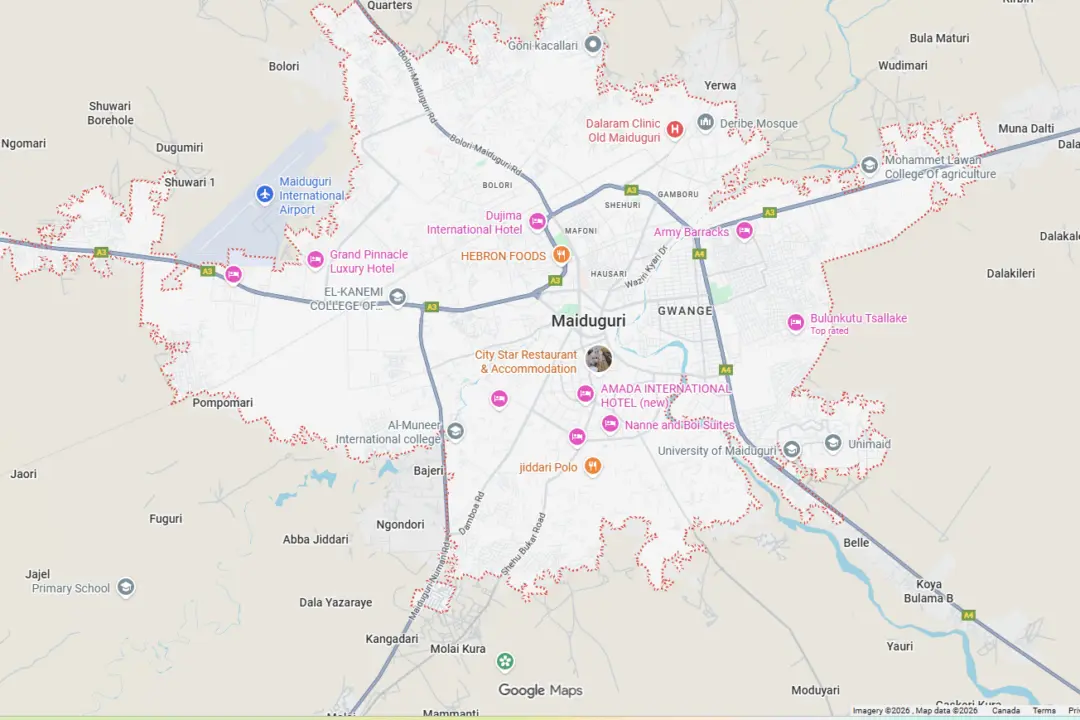ABU DHABI—OPEC raised its forecasts for world oil demand in the medium-and longer-term in an annual outlook released on Monday and said $12.1 trillion of investment is needed to meet this demand despite the energy transition.
The view from the Organization of the Petroleum Exporting Countries, in its 2022 World Oil Outlook, contrasts with that of other forecasters which see oil demand reaching a plateau before 2030 due to the rise of renewable energy and electric cars.





